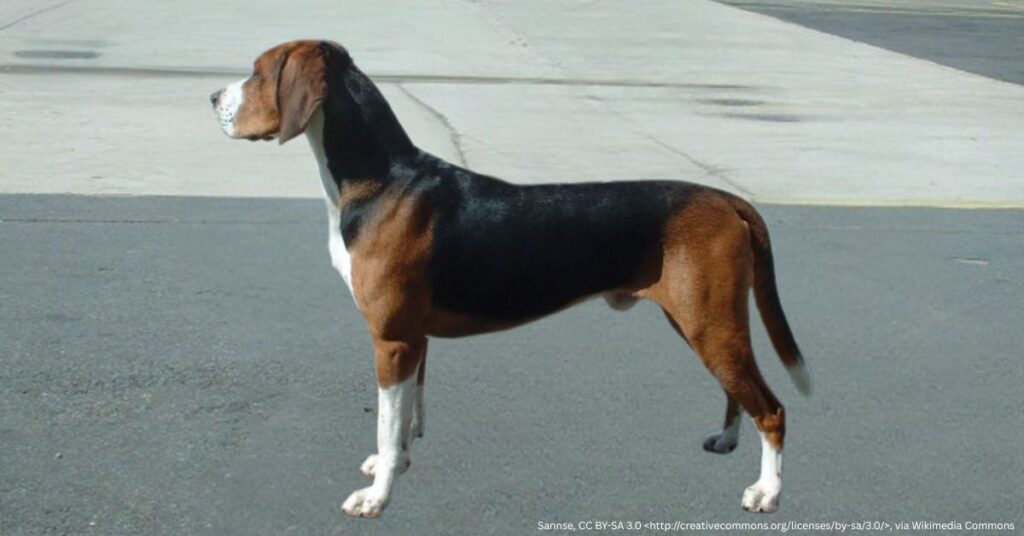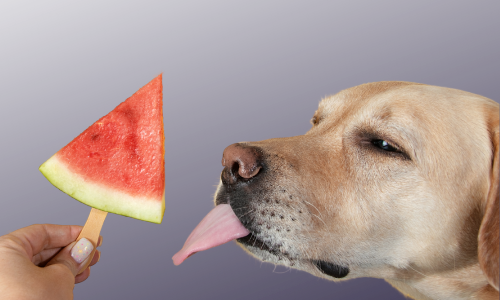The Hamiltonstovare is a Swedish hunting breed known for its keen scenting ability and friendly nature. This comprehensive guide provides detailed information about the Hamiltonstovare, covering all aspects from breed characteristics to its history as a hunting dog.
*Disclaimer: This Post May Contain Affiliate Links. This Means That I Receive A Small Commission At No Extra Cost To You Should You Click Through And Make A Purchase. Learn More On My Policy Page
Breed Characteristics
- Breed Category: Hound Group
- Size: Medium
- Coat Length: Short; dense and close-fitting
- Shedding: Moderate
- Hypoallergenic: No
- Grooming Requirements: Low; regular brushing needed
- Life Span: 10-13 years
- Activity Level: High
- Temperament/Personality: Friendly, energetic, independent
- Intelligence: High
- Trainability: High; responds well to consistent training
- Space Requirement: Medium to large; suitable for homes with yards
- Compatibility with Children & Other Pets: Excellent with proper socialization
- Health Issues: Prone to hip dysplasia and ear infections
- Nutrition Needs: High-quality diet with balanced nutrients

Origin and History
The Hamiltonstovare, also known as the Hamilton Hound, is a Swedish breed developed in the late 19th century by Count Adolf Hamilton, who is also the founder of the Swedish Kennel Club. The breed was created by crossing German hounds with English Foxhounds and Harriers to develop a versatile hunting dog that excelled in tracking and scenting. The Hamiltonstovare was bred specifically for hunting hare and fox, and its keen sense of smell and endurance made it highly effective in the field. The breed is still popular in Sweden and other parts of Europe for both hunting and companionship.
Appearance and Physical Characteristics
The Hamiltonstovare is a medium-sized, well-proportioned dog with a muscular build and an alert expression. Males typically weigh between 50 to 60 pounds, while females weigh between 40 to 50 pounds. They stand about 19 to 24 inches tall at the shoulder. The breed’s short, dense coat is typically tricolored, with a combination of black, tan, and white. The Hamiltonstovare’s athletic build and strong, straight legs make it well-suited for long days of hunting and outdoor activity.
Temperament and Personality
Hamiltonstovares are known for their friendly, energetic, and independent nature. They are affectionate and loyal to their families, but they also have a strong hunting instinct that drives them to be active and alert. The breed is generally good with children and other pets, especially when socialized from a young age. Hamiltonstovares are social dogs that enjoy spending time with their families and participating in outdoor activities. However, their strong prey drive means they may be inclined to chase smaller animals, so early training and socialization are important.
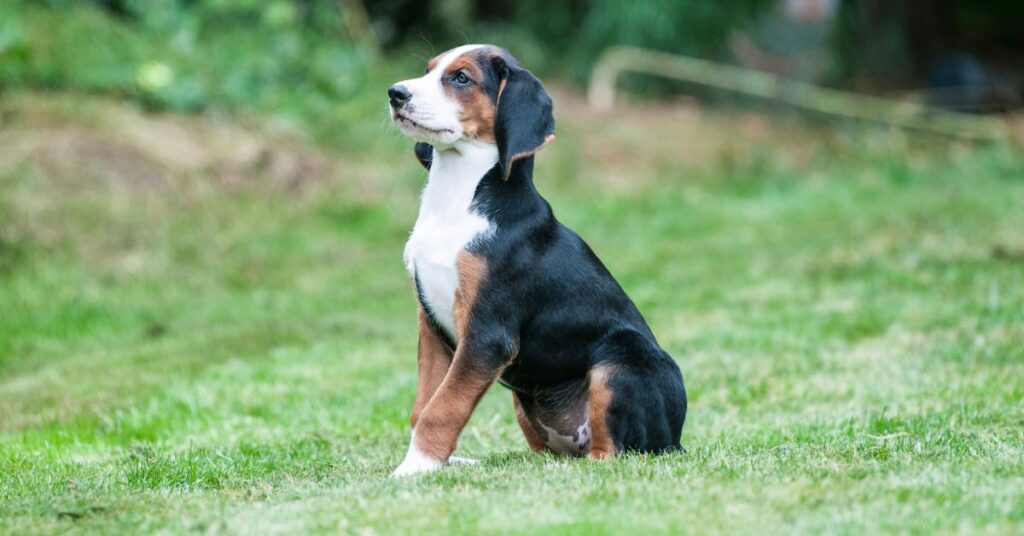
Intelligence and Trainability
The Hamiltonstovare is an intelligent and trainable breed, though they can be somewhat independent and stubborn due to their hunting background. They respond well to consistent, positive reinforcement training methods and enjoy having tasks to do. Early training is important to establish good behavior and to ensure that they grow into well-mannered adults. The breed’s natural scenting and tracking abilities make them well-suited for activities such as scent work, agility, and obedience training.
Compatibility with Children and Other Pets
Hamiltonstovares are generally good with children and other pets, especially when socialized from a young age. Their friendly and energetic nature makes them well-suited for family life, and they are known for being particularly good with young children. The breed generally gets along well with other dogs and animals, though early introductions and training are important to ensure harmony. Due to their strong prey drive, they may be inclined to chase smaller animals, so supervision and training are recommended.
Health and Nutrition
Hamiltonstovares are generally healthy, but like all breeds, they can be prone to certain health issues, including hip dysplasia and ear infections. Regular veterinary check-ups, a balanced diet, and proper exercise are essential to maintaining their health. Providing a high-quality diet that supports their active lifestyle is important. Owners should be mindful of portion sizes and feeding schedules to prevent obesity, which can exacerbate joint issues.
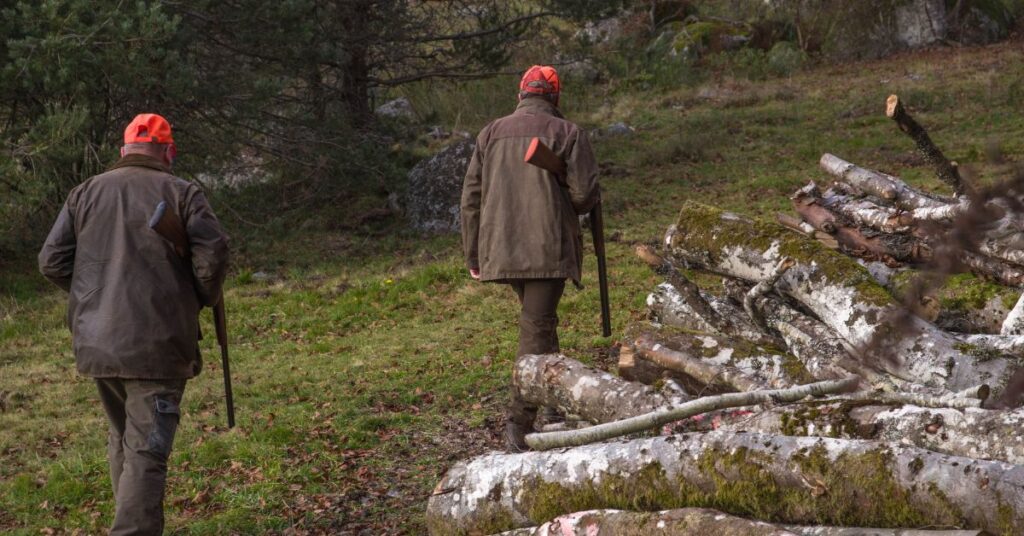
Exercise and Activity Level
Hamiltonstovares have high energy levels and require regular exercise to stay healthy and happy. They enjoy daily walks, outdoor activities, and playtime, especially when it involves activities that engage their scenting and tracking abilities. The breed thrives in homes with yards where they can run and explore, but they can also adapt to apartment living if they receive sufficient exercise. Mental stimulation is also important, as the breed enjoys tasks that challenge their intelligence and problem-solving skills.
Grooming Needs
The grooming needs of Hamiltonstovares are relatively low due to their short, dense coat. Regular brushing is sufficient to remove loose hairs and keep their coat looking sleek and healthy. Bathing should be done as needed, and routine grooming tasks such as dental care, ear cleaning, and nail trimming are important to prevent common health issues. The breed’s ears should be checked regularly for signs of infection, as their floppy ears can be prone to moisture buildup.
Training and Socialization
Early training and socialization are crucial for Hamiltonstovares. Due to their independent nature, it’s important to establish good behavior and obedience from a young age. Positive reinforcement techniques work best, as harsh training methods can be counterproductive. Socialization with other dogs, people, and different environments helps them develop into well-rounded and confident adults.
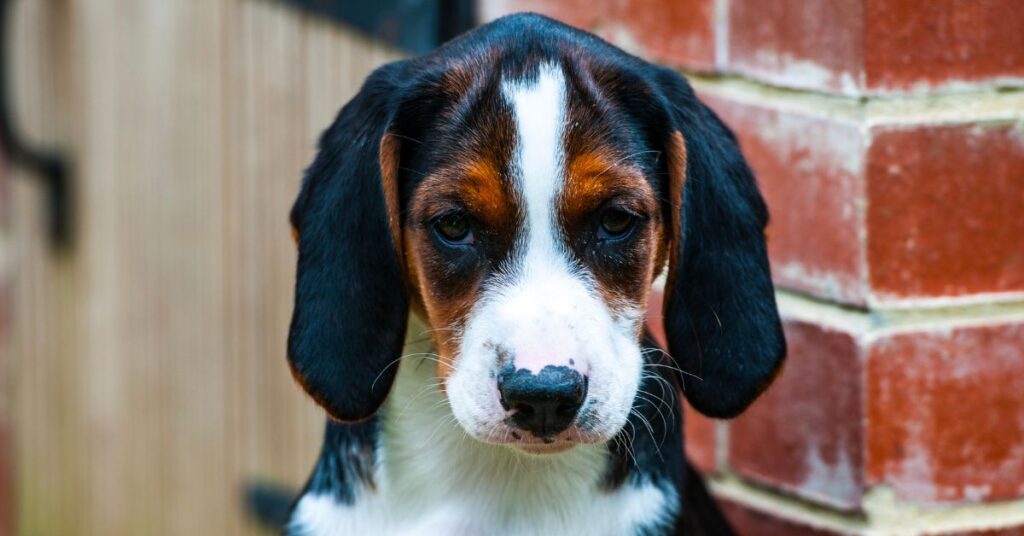
Famous Hamiltonstovares
The Hamiltonstovare, though not as well-known as some other breeds, is a beloved hunting and companion dog in Sweden. The breed is often featured in Swedish hunting literature and has a strong following among hunting enthusiasts in Europe.
Conclusion
The Hamiltonstovare is a friendly, energetic, and independent breed that makes an excellent companion for families and individuals alike. With proper training, socialization, and care, a Hamiltonstovare can be a loving and devoted member of the family.


